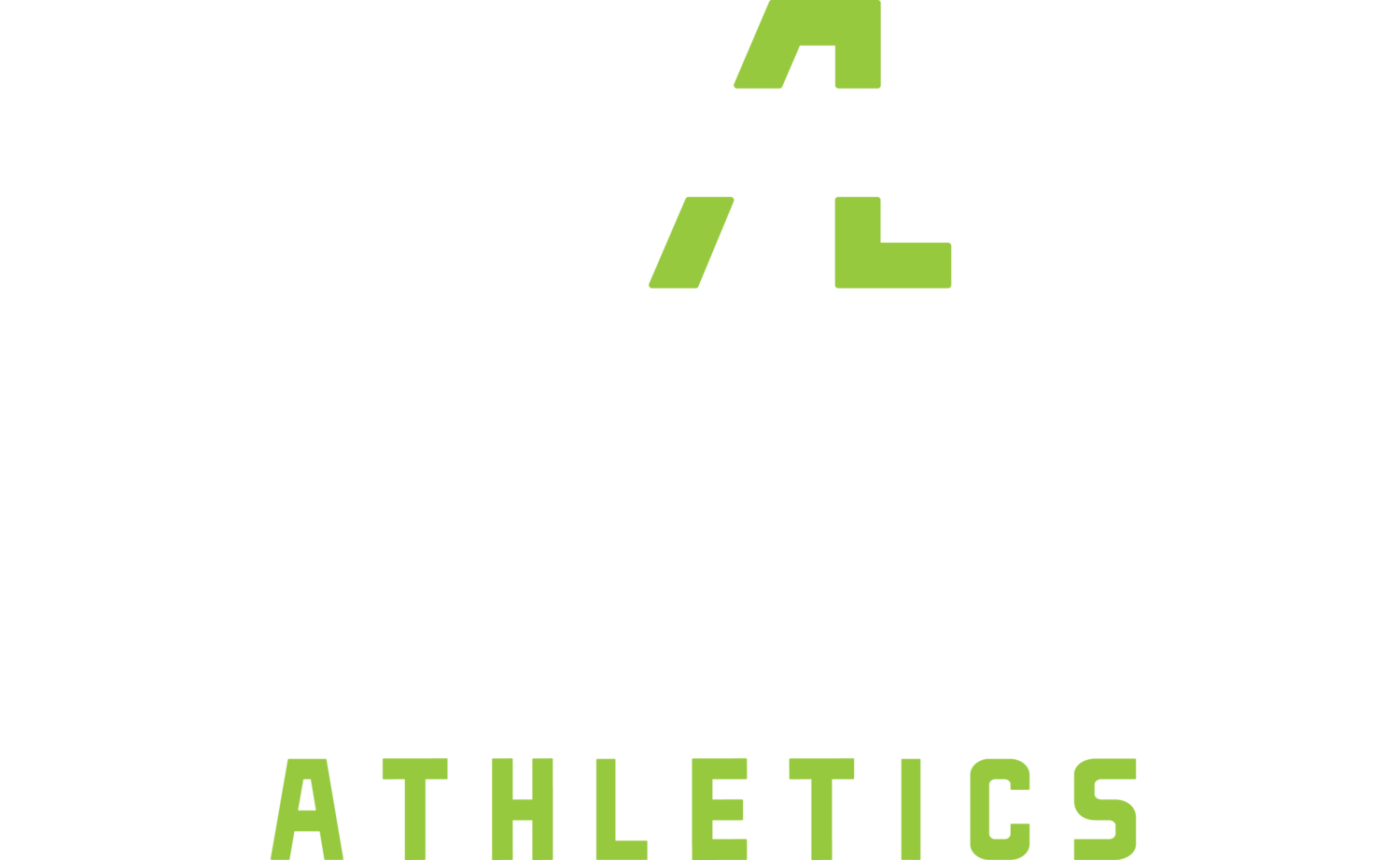Speed Ladders: You see them in the pro-athlete videos, they are marketed in commercials, and they have the name “speed” in it. Unfortunately, speed ladders don’t help create any improvements in speed. They do, however, provide a great way for young athletes to learn how to control their bodies and they provide a solid warm-up for older athletes. There are definite uses for speed ladders, but one thing is for sure, none of those uses include making an athlete faster.
At The Spot Athletics, we believe in educating parents on what does and does not help their children become a better athlete. To understand why speed ladders don’t help with speed, you need to understand the most basic principle of training, the S.A.I.D. principle. “Specific Adaptations to Imposed Demands”. Simply put, your training will create specific adaptations to the demands of the training. Sprinting and speed in sports require an immense amount of force to be delivered into the ground in an extremely quick manner. Speed in sports is all about the displacement of force. Namely, displacing the athlete’s body further away from the point of contact. In speed ladders, just the opposite occurs. The goal is to move your feet as quickly as possible, thereby not actually putting enough force into the ground. Your feet only move several inches at a time. In sports, speed is dictated by being able to cover more ground than your opponent. In speed ladders, you cover no ground.
A simple exploration into the movements of speed ladders will demonstrate that there is NO sport that uses the movement pattern trained in speed ladders. This means that while you are going to be the best speed ladder runner in the world, it does nothing to translate into any sport an athlete will actually play. In soccer, speed ladders are really popular. Soccer athletes would be much better served running while juggling the soccer ball. This isn’t sexy, and it won’t be in any training montage, but it will actually transfer into the soccer player developing better skills for their sport.
A lot of people say they like speed ladders because it works on the athlete having “quick feet”. The problem with this logic is 2 fold. 1. Speed isn’t about moving your feet quickly, it’s about moving your body quickly. 2. If an athlete’s feet are slow, it is due to a lack of some physical quality, namely technique, strength or flexibility. Drilling something that someone isn’t physically capable of doing, it the definition of insanity. Doing the same thing over and over again and expecting different results.
To truly get faster and quicker for sports, training must involve the physical qualities that make up speed. Technique, flexibility, and strength. It’s like a recipe, you add all the ingredients and make some great cookies. You don’t stare at the oven and hope the cookies pop out, without ever getting the ingredients. This is what doing speed ladders or just simply more running is like, staring at the oven and hoping cookies will pop out, well, no cookies are coming, and neither is more speed if this is the strategy you implore.
This is why we spend time on flexibility, technique and specific strength in every training session to develop better movement. The sprinting and agility drills we do is to coordinate all of the ingredients that we work so hard on developing. The actual sprinting is the baking of the cookies, it’s where the end product is solidified. It is not where it starts.
I know that doing technique, flexibility and strength work is not as sexy and doesn’t look as great in a training video as speed ladders. This is why it doesn’t make it into any commercials and why there is so much misinformation in the world today. Marketers are too busy trying to make things look cool as opposed to getting great information out to parents about what actually works. Well, that is why we are here. We don’t care about what the latest “fad” is. We don’t care that the word “speed” is in the drill. What we care about is making our athletes the fastest, strongest and most durable versions of themselves. This takes legitimate training, sound science and a lot of experience, which are the things we pride ourselves on.


